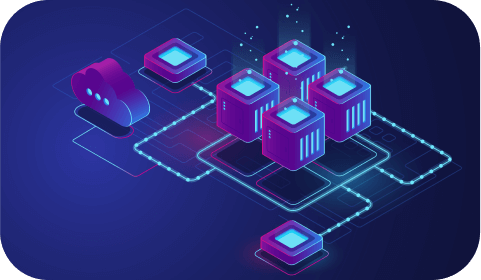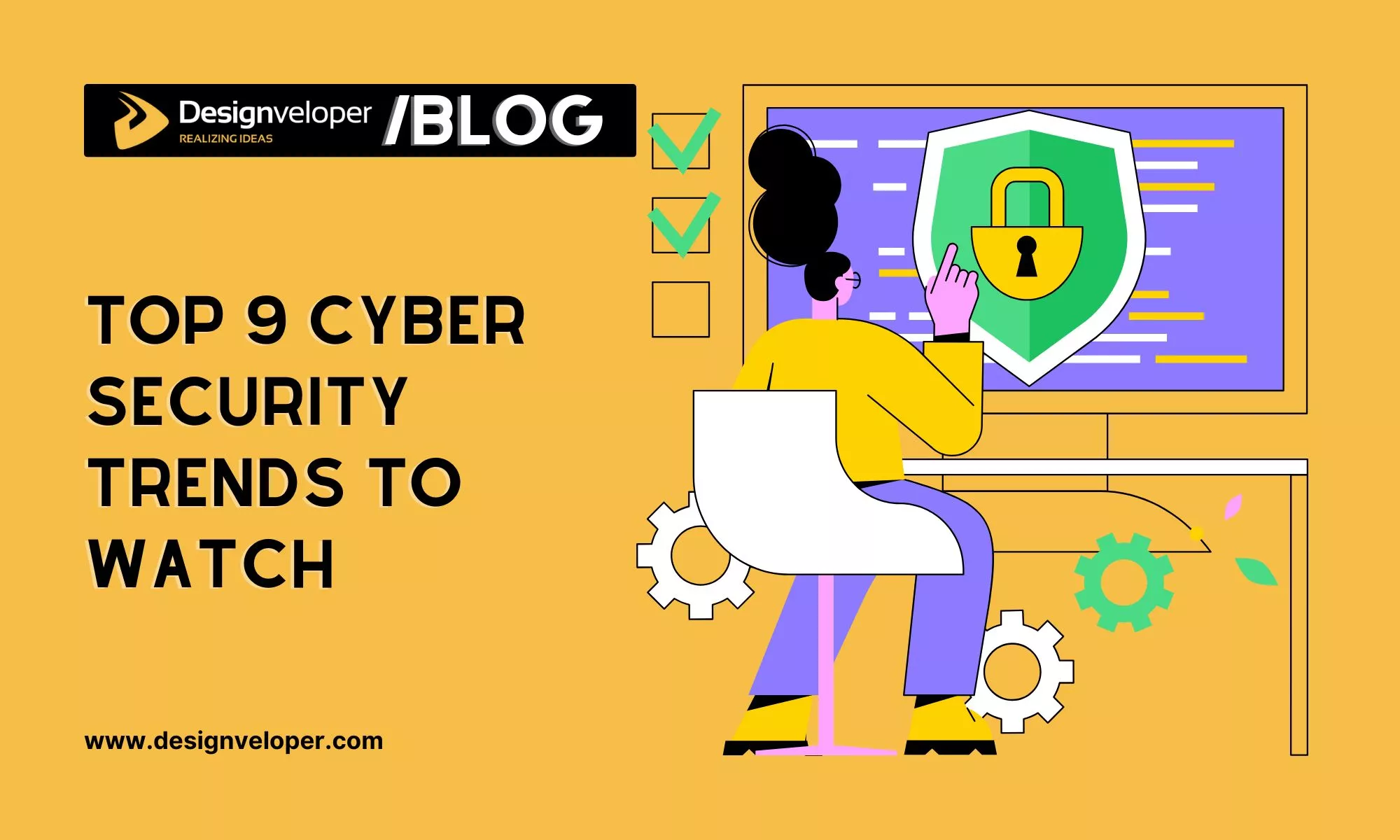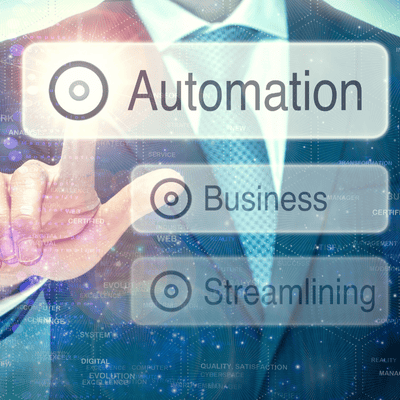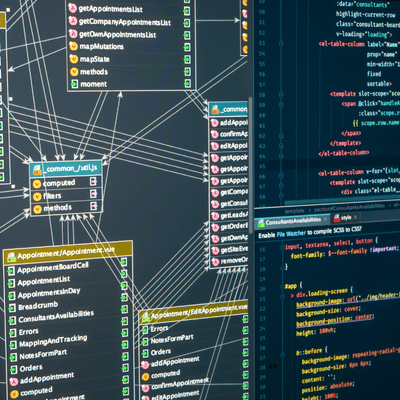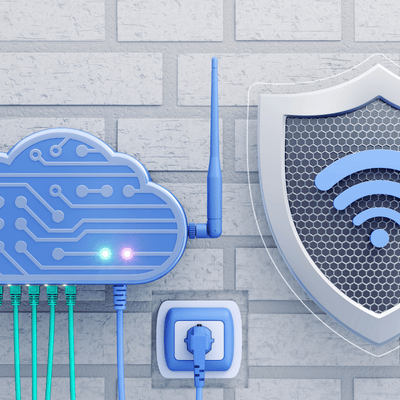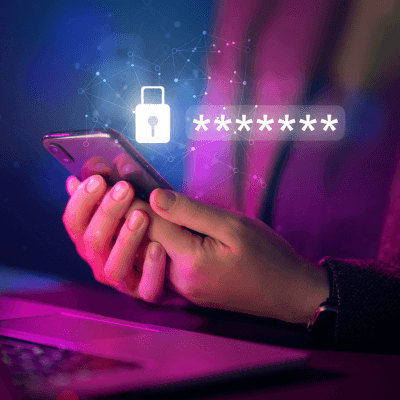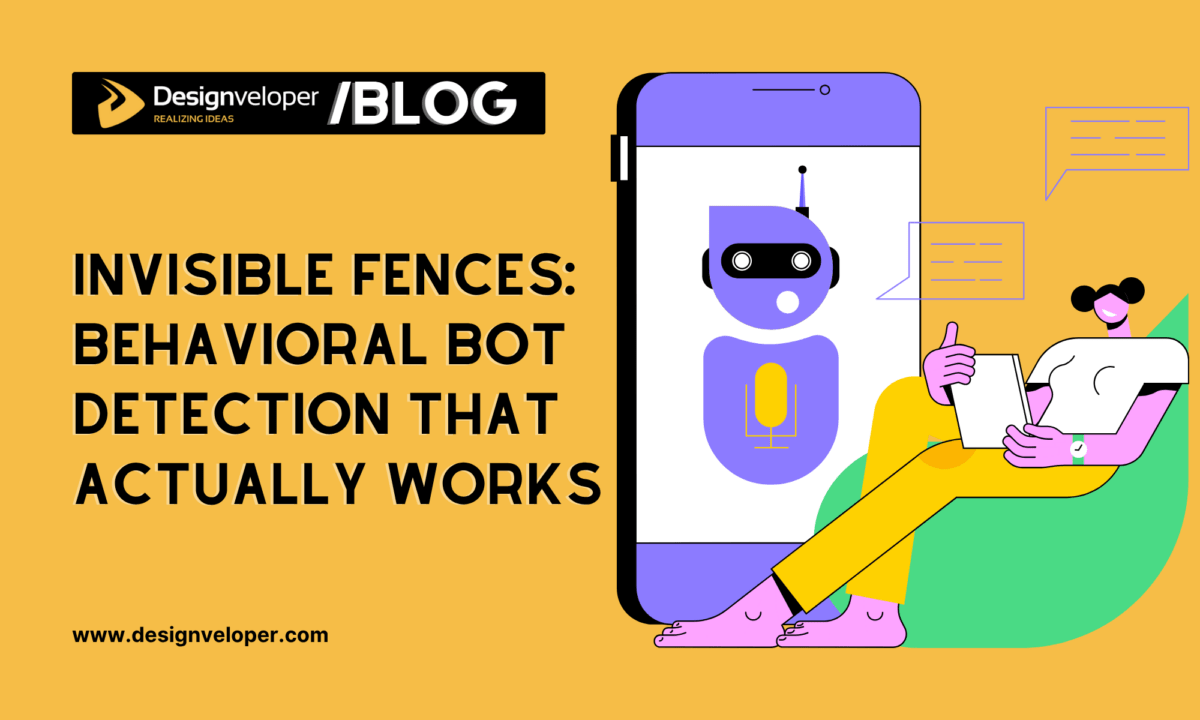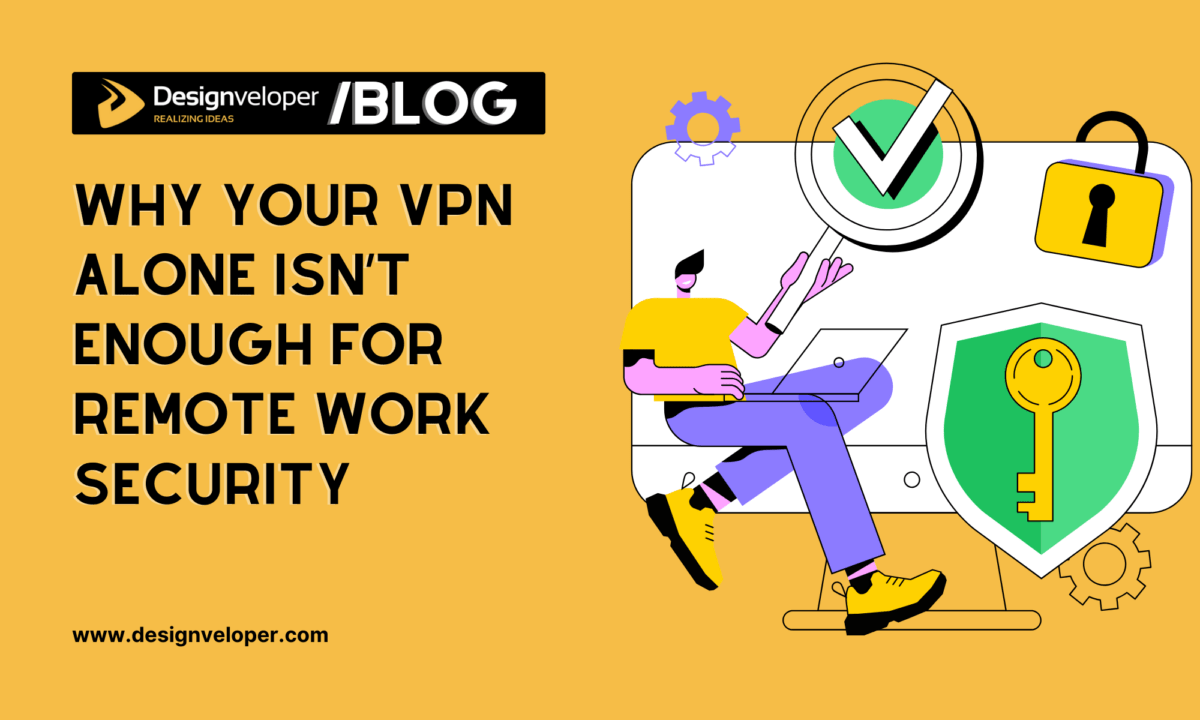
The 2026 year is proving to be a watershed year in relation to cyber-security. The nature of attacks is becoming more advanced and the price of breaches is swelling and regulators worldwide are almost ready to impose more strict regulations. The cyber-extortion economy is already mature as according to the threat intelligence team of Google Cloud, ransomware campaigns and data -theft extortion already hit a record high of 2,302 victims in Q1 2025. According to industry analysts, the cost of cybercrime in the world will exceed US$20 trillion by the year 2026, which is an enormous increase compared to the current US$8 trillion. Businesses must therefore watch the Cyber Security Trends that are evolving right now to stay ahead of attackers and regulators.

Cybersecurity Forecast 2026
The Attack Surface Keeps Expanding
A recent forecast by INE noted that the digital attack surface has grown 67 % since 2022 due to hybrid cloud complexity, shadow IT, third‑party vendors and AI‑enabled systems. Attackers also exploit misconfigurations and vulnerabilities across cloud, edge and on‑premises infrastructure, making unified visibility and continuous posture management essential.
Ransomware and Data‑theft Extortion Remain Dominant Threats
The threat report published by Google Cloud states that ransomware and extortion of data theft will remain the most economically disruptive types of cybercrime of 2026, and attackers will use voice phishing and zero-day vulnerabilities to overcome multi-factor authentication.
On‑chain Cybercrime Will Grow
With the expanding use of cryptocurrencies, cybercriminals shift to blockchain-based systems in order to launder money and organize attacks. Google also cautions that cybercriminals are looking into command-and-control systems based on blockchain and attacking decentralized-finance systems.
Hypervisors and Virtualization Infrastructure Will Be Targeted
Criminal gangs are moving away to endpoint ransomware to the virtualization layer attack. Hundreds of virtual machines can be brought to their knees by a hypervisor attack in hours. Therefore defenders must focus on infrastructure-level security and isolation.
Operational Technology (Ot) and Industrial Control Systems Remain At Risk
The ransomware actors will keep attacking the enterprise software that supports the industrial processes. OT networks should be secured by network segmentation, multi-factor authentication and offline backup.
Nation‑state Actors Continue to Innovate
The Russian threat actors will switch to espionage, rather than disruptive attacks. Additionally, the Chinese campaigns will use edge devices and supply chains, and Iranian teams will perfect the social-engineering and disk-wiping methods.
Human Factors and AI‑driven Social Engineering are Top Threats
In a 2026 tech trends poll, 63 % of respondents identified AI‑driven social engineering as the leading cyber threat, followed by ransomware/extortion (54 %) and deepfake‑related AI (59 %). Insider threats and human error are also high on the list.
Regulatory Pressure is Mounting
The EU AI Act entered into force on 1 August 2024 and will apply fully from 2 August 2026. It bans certain high‑risk AI practices (social scoring, manipulation and biometric categorization). The Digital Markets Act will be reviewed by May 3 2026, potentially expanding obligations. Fewer than 20 % of European firms feel ready for these regulations. Essentially, companies around the world will need to strengthen compliance, audit trails and risk management to meet new legal standards.
These forecasts show that threats are becoming more complex, requiring proactive defence strategies and awareness of legal obligations. The next section dives into the nine Cyber Security Trends 2026 that organizations should track to remain resilient.
FURTHER READING: |
1. How Does Secure Web Browsers Protect Your Data and Privacy |
2. Crypto Security: The Digital Frontier of Financial Protection |
3. Why Web Developers Need a VPN: A Simple Guide |
Top 9 Cyber Security Trends to Watch in 2026
AI‑Driven Threat Detection & Predictive Defense
In 2026, artificial intelligence (AI) will be the heart of cyber-defense. As the volumes of attacks are skyrocketing, manual monitoring is no longer possible. Additionally, AI systems are able to consume massive volumes of data, identify abnormalities and act in close-to-real-time. According to the Splashtop security trends report, AI will be capable of processing high volumes of data and detecting the existence of a strange user behavior and automatically responding to prevent a threat before it can cause damage. With machine-learning models, it is possible to learn the tactics of attackers and anticipate their actions in order to defend against them. E.g. Endpoint detection systems are now using behavioural analytics to indicate suspicious activity; network tools are using deep learning to identify command-and-control communications; and Security Operations Centres (SOCs) are using AI to correlate logs and initiate automated remediation.
AI will also encourage adversarial strategies. Attackers are already deploying AI to write convincing phishing emails, deepfake voices to perpetrate voice phishing and network probing bots. 63 per cent of organizations consider AI-based social engineering as the greatest risk in 2026. To reduce the risks of AI monitoring and governance, cyber-defenders should consequently invest in the training of models in a secure way, explainable behaviours, and reduce biases and hallucinations. The integration of AI with human knowledge will produce the most efficient outcomes: machines are fast and scalable, whereas human analysts are contextual and judgemental.
Quantum‑Resistant Encryption
Quantum computing will be able to crack the existing encryption algorithms by addressing mathematical problems exponentially faster than a classical computer. Studies by Capgemini caution that quantum computing will upset the current encryption standards compelling organizations to shift to quantum-ready security and crypto-agility. In addition, the NIST is already working on post-quantum cryptographic (PQC) standards to protect against quantum attacks. Companies should, therefore, initiate the cryptographic audit of their assets, determine algorithms that are vulnerable to quantum attacks (RSA and ECC) and migrate to PQC.
Quantum-resistant encryption implies implementing algorithms that will resist both classical and quantum computers. These are lattice-based schemes (such as CRYSTALS-Kyber) and hash-based signatures (such as XMSS). Cryptographic agility is also important; organizations must support architectures in which it is possible to rapidly change algorithms without redesigning complete systems. There are already pilot projects that are being conducted by some companies to test PQC in secure communications and VPNs. By 2026, the regulators might start to require quantum-safe critical infrastructure. This will decrease risk and provide long-term protection of data by early adoption.
Zero Trust Architecture 2.0
Zero Trust does not follow the conventional model of the perimeter and works on the assumption that by default, no user, device, or application should be trusted. Each access request should be constantly authenticated according to identity, device posture and context. Splashtop also states that it is becoming a standard of distributed organizations to use zero trust, which involves multi-factor authentication (MFA), micro-segmentation, and continuous monitoring.
Zero Trust Architecture 2.0 is based on this foundation where behaviour analytics and AI-driven policy enforcement are integrated. It goes further in network segmentation to data-centric controls, adaptive access policy and just-in-time privilege. As attack surfaces have increased by 67 percent since 2022, zero trust can minimize the opportunities of lateral movement and enhance resiliency to insider threats. Examples of implementation encompass conditional access policies in identity providers, software-defined perimeters to isolate applications and continuous device attestation. Zero trust will be a standard by 2026 and not a sophisticated option.

Cloud & Edge Security Integration
Hybrid and multi-cloud structures, edge computing, and remote working are becoming more and more popular as an organization relies on them, increasing the attack surface. Conventional security solutions usually offer disjointed visibility on the cloud and on-premise systems. To solve this, businesses are resolving to Secure Access Service Edge (SASE) and Cloud Security Posture Management (CSPM). SASE is a cloud-native service that consolidates networking and security capabilities (such as secure web gateways, firewall-as-a-service and zero-trust network access) into a single service, allowing secure access anywhere. CSPM continuously measures cloud configurations against best practices and raises an alarm on misconfigurations or excessive privileges.
The INE prognosis states that the growth of the attack surface is facilitated by the complexity of the hybrid clouds and the systems powered by AI. Therefore, cloud and edge security integration has to offer on-demand visibility and consistent visibility and real-time threat intelligence to keep up. Moreover, multi-plane cloud native security has the benefit of providing protection to control, data and management planes individually, which means that the compromise is not as complete. Organizations need to invest in cross-cloud security systems, implement least privilege, identities, and workloads, and observe traffic flows between edge and cloud environments to identify lateral movement.
Automated Incident Response & SOAR 2.0
In a cyber-attack, time is of the essence. Conventional incident response is usually characterized by manual investigation, decision making and recovery, which is slow and prone to errors. Generally, Security Orchestration (SOAR) and Extended Detection and Response (XDR) platforms are used to automate incident response to speed up the process of detection, containment and recovery. We have seen a transition of manual operations to automated response models where playbooks have the ability to isolate infected hosts, block malicious IPs, revert malicious changes and recover backups in a few seconds (Splashtop).
SOAR 2.0 incorporates threat intelligence, machine-learning analytics and orchestration with numerous security tools. It allows defenders to define dynamic workflows, which automatically react to anomalies, but still provide human supervision. As ransomware campaigns grow and virtualization infrastructure are being targeted, automated response minimizes damage and downtime. The real-time detection also serves to adhere to compliance rules that stipulate a timely notification of a breach. Investment of SOAR and XDR capabilities, as well as training SOC analysts to construct and maintain playbooks, is a must in 2026 to businesses.
Cybersecurity in Generative AI & LLMs
Large language models (LLMs) and generative AI are changing the business sector, yet they also present security concerns. So, by using LLM, attackers can use the technology to create more believable phishing messages, conduct social engineering, create malicious code or even query systems through natural-language queries. Deepfakes are also becoming increasingly advanced, as artificial audio or video fakes produced by AI become more realistic. Organizations are concerned with AI threats associated with deepfakes 59 % of them cited them as the most significant threats.
Splashtop report outlines the necessity of AI model governance and responsible AI frameworks. To guarantee the security of training data, explainable and ethical models and guidelines, enterprises should adopt policies to guarantee such practices. New attack vectors are prompt injection (manipulation of model inputs) and model poisoning (adding malicious data). In order to address these risks, organizations need to observe model interactions, authenticate results, isolate AI environments and restrict access to proprietary models. Also, AI against AI (AI-based deepfake and malicious content detection) will also be essential.
Global Data Privacy Regulations: AI Act & Digital Markets Act
New laws are being implemented by regulators across the world to combat privacy, AI ethics and market fairness. The EU AI Act also bans those AI systems, which employ dark-pattern techniques, employ vulnerabilities, conduct social-scoring or real-time biometric identification. It becomes operative on 2 August 2026 and the providers will be obliged to perform risk assessments, introduce transparency and keep it under control by human operators. Others such as the prohibition of some high-risk practices begin in February 2025. Simultaneously, the Digital Markets Act (DMA) is designed to limit anti-competitive practices of gatekeeper platforms and assure privacy of users. The DMA will have to be checked by the European Commission and submitted to parliament by May 3 2026, potentially creating new liabilities on large digital platforms.
Global businesses also need to take into account such regulations as NIS2 (EU network security directive), GDPR updates, and other similar AI or data privacy laws that are being created in the United States and Asia. Regulatory compliance was a priority of 66 percent of organizations in a survey of tech trends. To prepare for 2026, the preparation includes compliance audits, policy updates, data flow documentation, and investment in governance, risk and compliance (GRC) tools. Legal requirements should also be outlined to the boards, and budgets should be assigned to help keep the AI Act and DMA compliant.
Identity Verification in the Deepfake Era
Deepfakes erase the boundary between reality and fiction, and allow impersonation and fraud. Hackers have the capability to create fake voices or videos to defraud employees to transfer money or disclose secrets. Organizations have to embrace the use of sophisticated identity checks to counter these attacks. Splashtop recommends content verification by AI, user verification through biometric authentication and metadata analysis to identify anomalies in digital communications. As an illustration, deepfake detection systems examine lip-reading, audio rhythm and pixel irregularities; metadata examination validates file provenience and editing timeline.
Multi-factor authentication (including something that a user knows (a password), something that a user has (security token) and something that a user is (biometric factors) should also be implemented by the companies. Account hijacking can be detected through continuous authentication, which watches the user behaviour patterns in order to detect any anomaly. Digital trust can be sustained by training employees to authenticate suspicious requests using a separate channel. With the advent of the deepfake technology, identity verification will no longer be negotiable.
Human‑Centered Security Awareness
Technology will not protect all attacks. One of the largest vulnerabilities is still human error. The 2026 tech poll additionally shows that insider threats and human error are the top concerns of 35 per cent of the respondents. Attacks such as phishing, slack password care and unintentional data breach remain the causes of breaches. The conventional one-size-fits-all security training is unlikely to be effective in engaging the employees or behavioural change.
Human-centred security awareness strategy involves data analytics and offers personalized training based on roles, behaviours and risks. The modules are presented in smaller portions that are interactive and involve constant feedback. Gamified experiences promote participation and retention. Splashtop also observes that companies will transition to data-driven and personalized training to develop a culture of security. Organizations can use measurements like click-through rates on the simulated phishing emails to modify the training to address the weaknesses. Finally, a feeling of ownership of security in which each employee takes responsibility to take care of the data will enhance the defences.

Automated Supply‑Chain and Software Security
Supply-chain risks are not included in the nine key categories, but they should be mentioned since attackers tend to use third-party software or hardware. According to Splashtop report, Software Bills of Materials (SBOMs) and real-time telemetry should be used to monitor dependencies and maintain security standards among the suppliers. Such high-profile cases as the SolarWinds breach demonstrate that attackers may find their way to networks through trusted update systems. By 2026, automated tools will continuously check the security posture of vendors and implement code integrity policies, vulnerability management and incident reporting policies. The procurement teams will have to demand that vendors supply evidence of adherence to the regulations and models (e.g., SOC 2, ISO 27001 or NIST). Integrating supply-chain assurance and DevSecOps practices will integrate security in the software development life cycle.
Cyber‑Resilience and Secure Remote Access
Organizations must also plan recovery in addition to protection and detection. Cyber-resilience is a guarantee that the essential operations are not disrupted by an attack. This entails having permanent backups, using expedient recovery mechanisms and incorporation of business continuity planning. Splashtop reinforces that business continuity entails entrenching cyber-resilience to reduce downtime and loss of finances. Simulated incidents and tabletop exercises are routinely performed to allow teams to drill on responding to realistic incidents and to discover weaknesses in their plans.
The other pillar of resilience is secure remote access. In this case of hybrid work, businesses should not use standard VPNs anymore. The Splashtop report suggests zero-trust remote access, using strong encryption and granular permissions and centralized monitoring. Remote connections are to be segregated with internal networks and endpoint security is to be imposed on personal computers. Having secure access together with automatic recovery processes will ensure that businesses continue with their operations, even when their physical offices or main systems are affected.
How Businesses Can Prepare for 2026’s Security Challenges
The threat and regulatory landscape are changing and require an integrated and proactive approach. The following are some of the steps that businesses ought to implement:
Invest in AI Monitoring and Model Governance
Install AI-based security solutions that examine large amounts of telemetry and identify anomalies. Make sure that AI models are trained with high-quality data, audited on a regular basis, and placed in an effective governance framework. Add predictive defence features to predict attacker behaviour and real-time adapt defences.
Adopt Quantum‑Ready and Agile Cryptography
List all cryptographic mechanisms currently in use and determine which can be attacked by quantum. Begin testing post-quantum cryptography and schedule migrations. Construct cryptographically agile design systems such that algorithms are not significant redesigned. Meet with the vendors and learn about their PQC roadmap and the readiness of third-party tools to work in the quantum age.
Implement Zero Trust Across the Enterprise
Bring the least-privilege access, constant authentication, and micro-segmentation to a Zero Trust Architecture 2.0. Implement identity and access management (IAM) systems, which enable conditional access control and risk-based authentications. Isolate important resources and track eastwest traffic using network segmentation. Incorporate zero trust concepts in remote access.
Integrate Cloud and Edge Security
Implement SASE infrastructures to integrate networking and security and impose similar policies in the cloud, edge and on-premises. Introduce CSPM tools that will track and fix incorrect configurations on the fly. Architect control, data and management planes independently by building multi-plane cloud-native security architectures. Offer integrated visibility to security teams to identify the lateral movement and unauthorized activities.

Automate Incident Response and SOC Operations
Invest in SOAR 2.0 and XDR technologies in order to automate threat detection, triage and remediation. Create incident playbooks, e.g. ransomware attacks and unauthorized access attempts. Do drills periodically to perfect these playbooks and make them up-to-date. Repetitive tasks are also automated, and the analysts are free to work on complex investigations and enhance response time.
Address Generative AI Risks
Create guidelines on the application of generative AI tools at the company. Embrace models of responsible AI that encompass data governance, model explainability and human oversight. Monitoring should be implemented to identify timely injection or model poisoning. Train users on what AI can and cannot do and limit the access to some important models. Detects deepfakes and AI generated malware using AI detection tools.
Prepare for Regulatory Compliance
Keep up with new regulations including the EU AI Act and Digital Markets Act. Periodically perform compliance audits, revise privacy policies and keep records of flow of data. Install logging and audit trails to indicate accountability. Consult with legal teams and industry teams to understand the requirements and future changes. Take into account the certifications (i.e. ISO 27001) in order to demonstrate compliance with best practices.
Strengthen Identity Verification and User Education
Implement biometric and multi-factor authentication to check on the identity of users. Use AI to verify content and find deepfakes and synthetic media. Use continuous authentication and anomaly detection to indicate abnormal user behaviour. Get employees real-world simulations and training to be able to identify deepfake scams and social engineering. Promote the culture of checking suspicious requests with other independent channels.
Develop Human‑Centered Security Programs
Develop role and risk-specific design security training courses. Gather data analytics to learn about employees and provide specific modules. Training to enhance engagement and retention. Gather feedback and modify content to respond to emerging threats. Encourage the spirit of the defence team of every employee and reward safe behaviour.
Build Cyber‑Resilience into Business Continuity
Identify dependencies and map critical business processes such as suppliers and technologies. Create recoveries that are impossible to change and run recovery tests. Incorporate cyber-resilience into general business continuity plans. Work together with IT, security, operations and executive leadership to make sure they are aligned. Adopt zero-trust remote access that will allow secure work anywhere. Resilience needs should be considered during the planning of new projects or digital initiatives.
Conclusion
Cyber Security Trends in 2026 show one clear message: the threat landscape is accelerating faster than most businesses can keep up with. However, it can be prepared, and the businesses that take the first steps will have a significant edge in resilience, confidence and future development.
This change is evident at Designveloper. Being one of the top software development, web development, and technology consulting firms in Vietnam, we deal with organizations that are directly confronting these increasing threats. Our team has completed 200+ successful projects around the US, Europe, Australia and Asia – many of them in highly regulated industries like FinTech, Healthcare and Enterprise SaaS.
Security is not a peripheral issue to us. We have made it a fundamental rule in all our construction. Our development process is built to combine DevSecOps with Lumin, code optimization with VoIP, and Speek, or to build a high-performance trading platform with Walnut, we do this by ensuring that security is prioritized at the earliest stage of the project and that vulnerability scanning is performed regularly, and our infrastructure is designed to be secure.






Read more topics
























